Archives
- 2025-12
- 2025-11
- 2025-10
- 2025-09
- 2025-03
- 2025-02
- 2025-01
- 2024-12
- 2024-11
- 2024-10
- 2024-09
- 2024-08
- 2024-07
- 2024-06
- 2024-05
- 2024-04
- 2024-03
- 2024-02
- 2024-01
- 2023-12
- 2023-11
- 2023-10
- 2023-09
- 2023-08
- 2023-07
- 2023-06
- 2023-05
- 2023-04
- 2023-03
- 2023-02
- 2023-01
- 2022-12
- 2022-11
- 2022-10
- 2022-09
- 2022-08
- 2022-07
- 2022-06
- 2022-05
- 2022-04
- 2022-03
- 2022-02
- 2022-01
- 2021-12
- 2021-11
- 2021-10
- 2021-09
- 2021-08
- 2021-07
- 2021-06
- 2021-05
- 2021-04
- 2021-03
- 2021-02
- 2021-01
- 2020-12
- 2020-11
- 2020-10
- 2020-09
- 2020-08
- 2020-07
- 2020-06
- 2020-05
- 2020-04
- 2020-03
- 2020-02
- 2020-01
- 2019-12
- 2019-11
- 2019-10
- 2019-09
- 2019-08
- 2019-07
- 2019-06
- 2019-05
- 2019-04
- 2018-07
-
CYP s are heme containing monooxygenases constituting a cons
2019-12-06
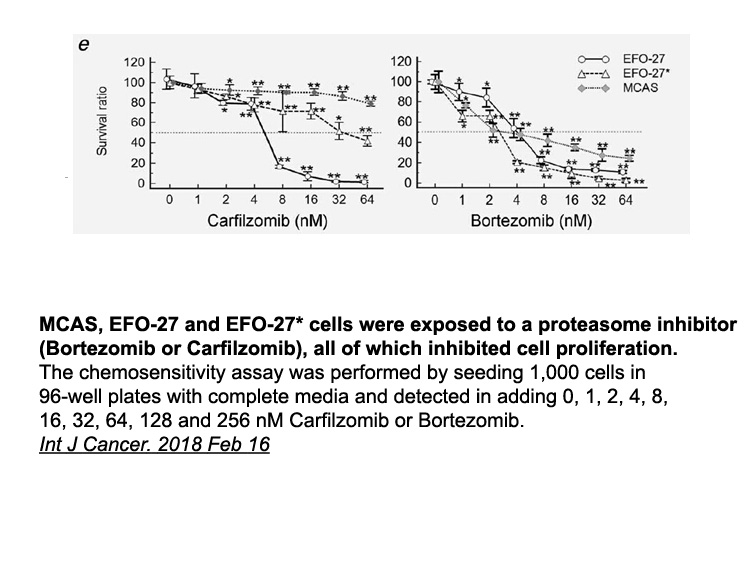
CYP450s are heme-containing monooxygenases constituting a conserved gene superfamily of heme-thiolate proteins, and are found in prokaryotes and eukaryotes (Martignoni et al., 2006). They play a key role in detoxification of endogenous (e.g., steroids) and exogenous compounds (e.g., drug, insecticid
-
As discussed in the introduction many pregnant women take me
2019-12-05
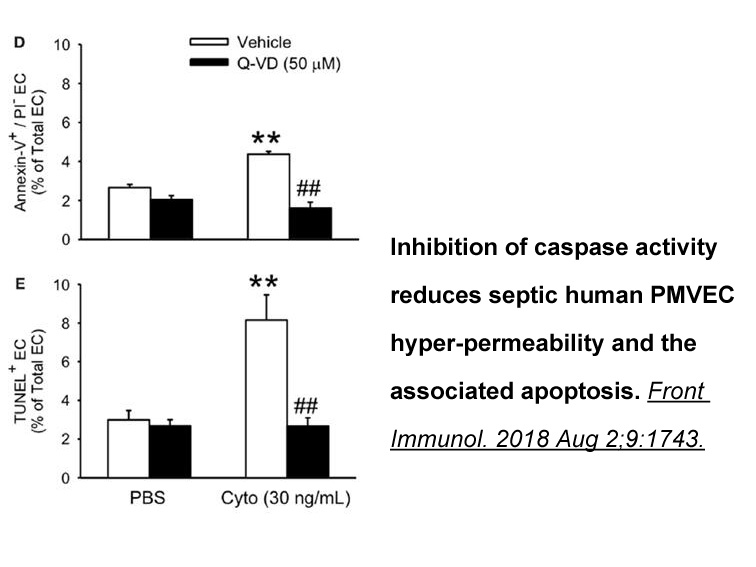
As discussed in the introduction, many pregnant women take medications such as nifedipine and indinavir, which are considerably metabolized by CYP3A [26]. Previous reports have also shown increased CYP3A activity following pregnancy [7], [9], which is consistent with our results. However, previous s
-
During DNA replication p protein binds PCNA in
2019-12-05
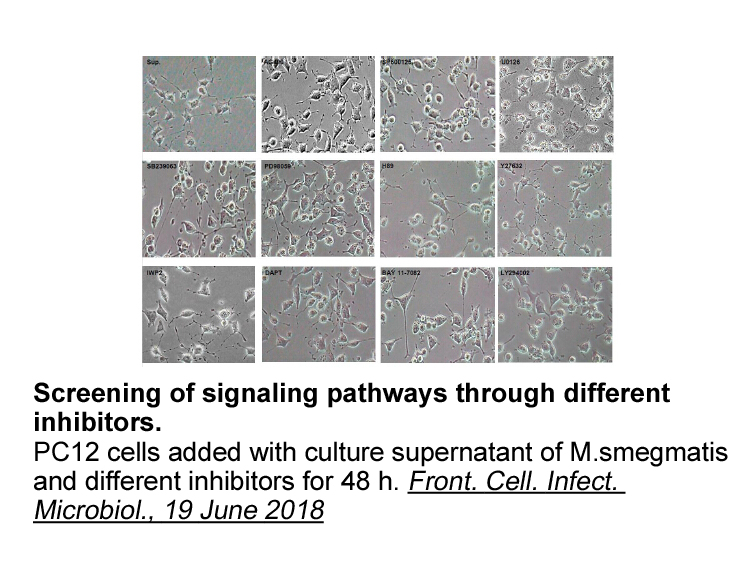
During DNA replication p21 protein binds PCNA, in its role as processivity factor, to stop replication when there is DNA damage, and apparently p21 also binds PCNA when this is in complex with Cyc/CDKs [11]. In plants, KRPs (functional analogs of p21), inhibit kinase activity in CycD/CDKs complexes
-
br Introduction The cervix is a poorly studied
2019-12-05
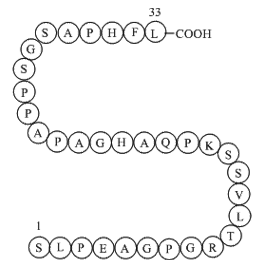
Introduction The Lonafarnib australia is a poorly studied component of the mare’s reproductive tract. It has anatomical and biological defense mechanisms involved in the delicate balance between immunological tolerance, sperm transport and biological defense. Anatomically, the cervix is composed
-
br Acknowledgements This study is sponsored by the Natural S
2019-12-05

Acknowledgements This study is sponsored by the Natural Science Foundation of China (grant no. 51178161), 111 Project (grant no. B13024) and the Fundamental Research Funds for the Central Universities (grant no. 2017B00914) Introduction Highway and pavement engineers are facing concrete pavem
-
Estrogen receptor related receptor ERR like other members of
2019-12-05
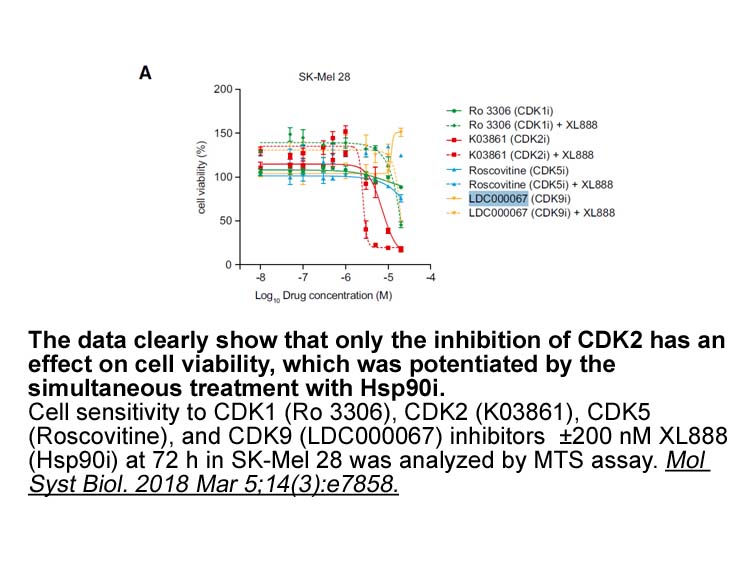
Estrogen receptor-related receptor γ (ERRγ), like other members of the ERR subfamily, is a constitutively active orphan nuclear receptor, though unlike ERRα and β, it is more selectively expressed in metabolically active and highly vascularized tissues such as heart, kidney, brain, and skeletal musc
-
br Disclaimer Statement br Introduction The erythropoietin p
2019-12-05
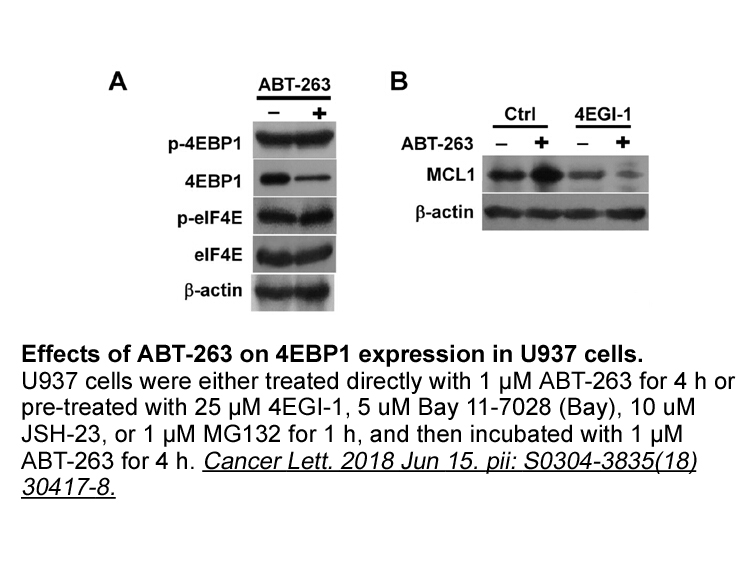
Disclaimer Statement Introduction The erythropoietin-producing hepatoma (Eph) receptors represent the largest class of receptor tyrosine kinases (RTKs). They are type I transmembrane proteins that interact with their membrane-bound ligands the ephrins and facilitate cell-to-cell contacts resul
-
Although MMP might be a downstream target of
2019-12-05

Although MMP-9 might be a downstream target of Src kinase signaling (Liu and Sharp, 2011), a direct connection has not been established. We showed for the first time that, in the collagenase-induced ICH model, Src kinase signaling regulates MMP-9 activity and mediates EP1R toxicity. Consistent with
-
In summary we investigated the
2019-12-05
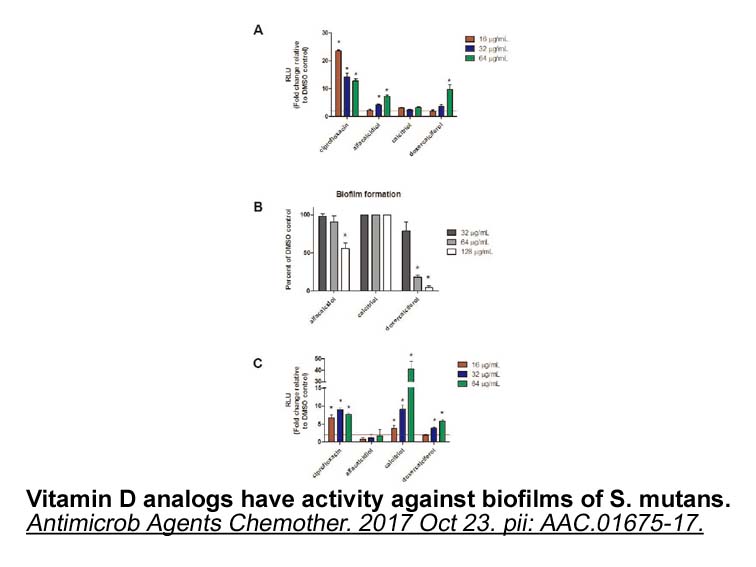
In summary, we investigated the fluoride sensitivity of different S. mutans strains in terms of enolase activity. Lower enolase activity was not always associated with lower S. mutans growth in cultures with NaF. Gene analysis showed that UA130 and NCH105 both have enolase point mutations. Unique am
-
BAY 57-9352 receptor Two GPCR subtypes of interest in the my
2019-12-05
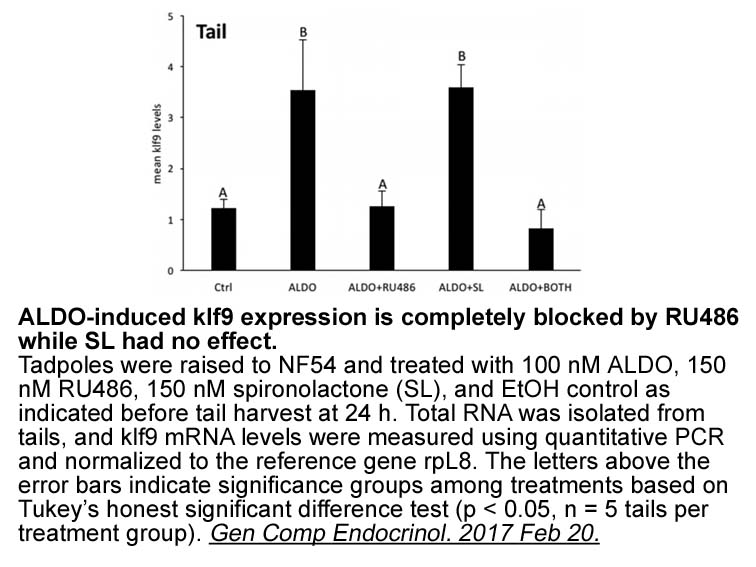
Two GPCR subtypes of interest in the myocardium are the endothelin receptor (ETR) and the α1-adrenergic receptor (α1-AR). Upon ligand binding, these receptors canonically activate the Gαq protein leading to activation of phospholipase C, hydrolysis of phosphatidylinositol 4,5-bisphosphate into diacy
-
In conclusion this study indicated that D tripetala
2019-12-05
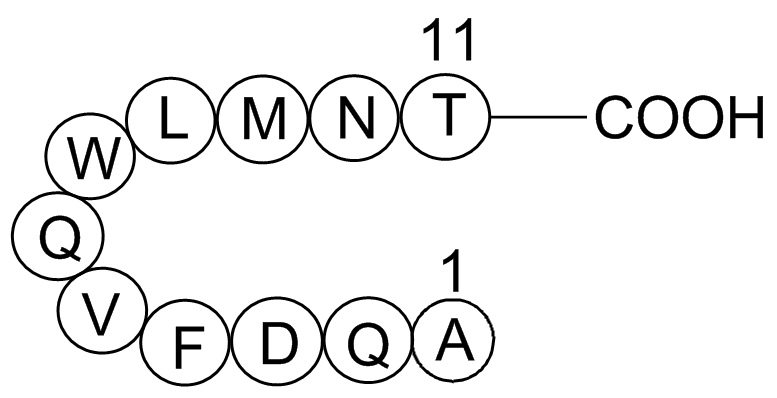
In conclusion, this study indicated that D. tripetala and A. melengueta extracts inhibited CYP 3A enzyme both in vitro and in vivo. Although these inhibitions may appear to be weak from the US FDA classification point of view, caution must be applied in the concurrent use of herbal preparations cont
-
br Experimental Procedures Further details and an
2019-12-05
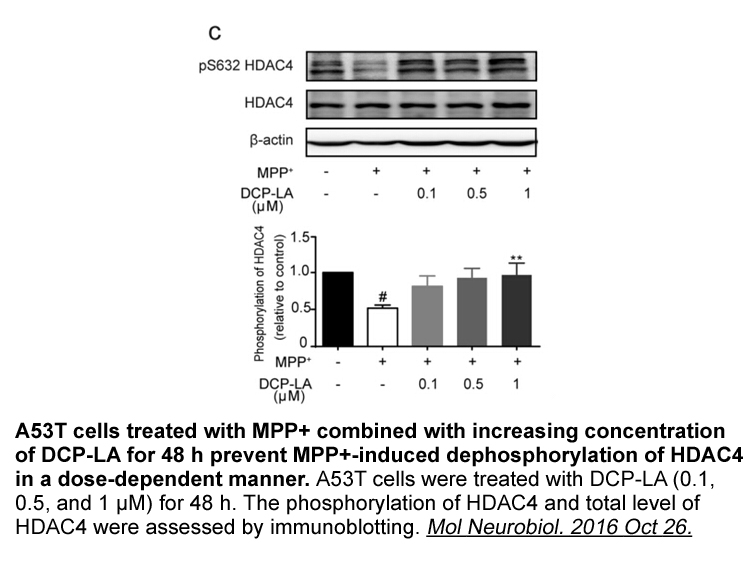
Experimental Procedures Further details and an outline of resources used in this work can be found in Supplemental Experimental Procedures. Introduction In response to T cell-dependent (TD) antigen stimulation, antigen-specific Epigenetics Compound Library synthesis migrate to the periphery o
-
Concerning family A GPCRs although it
2019-12-05

Concerning family A GPCRs, although it has been described that several receptors are able to operate as monomers (Arcemisbéhère et al., 2010; Bayburt et al., 2011; Chabre & le Maire, 2005; Ernst, Gramse, Kolbe, Hofmann, & Heck, 2007; Hanson et al., 2007; Kuszak et al., 2009; Whorton et al., 2007), e
-
Traditionally serum triglycerides have been measured
2019-12-04
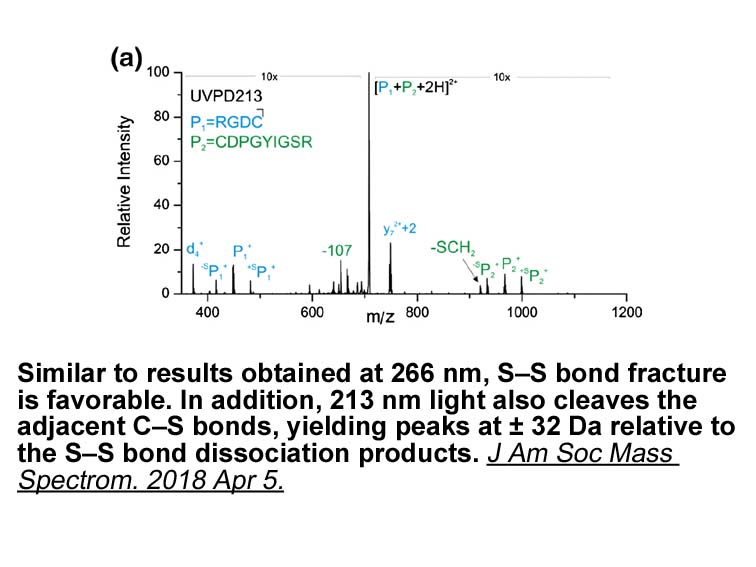
Traditionally, serum triglycerides have been measured in the clinic in the fasted state in order to reduce variability and also to facilitate the calculation of LDL-cholesterol via the Friedewald equation, which was derived using fasted samples (Warnick and Nakajima, 2008). We have previously repor
-
One of the most frequent gene
2019-12-04

One of the most frequent gene alterations in MM is methylation of the p15 and p16 genes in the 5′ upstream region. P15 and p16 proteins are Nitecapone mg regulators involved in the inhibition of transition from G1 to S phase. Frequencies of p15 or p16 gene methylation up to 32% and 53%, respective
15696 records 919/1047 page Previous Next First page 上5页 916917918919920 下5页 Last page